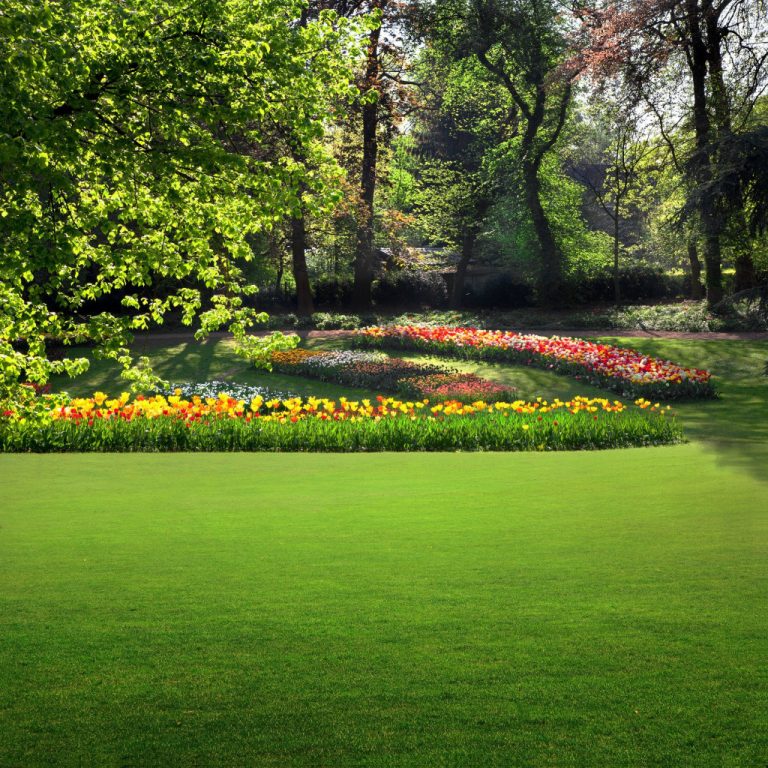Gardens can be beneficial for people in many ways. They can help purify the air, provide fresh produce, and even boost our moods.
Purifying the air is one of the essential benefits of having a garden. Plants absorb carbon dioxide and release oxygen back into the atmosphere. They also trap pollutants and dust particles, improving the quality of the air around us.
Fresh produce is another great benefit of gardens. Homegrown fruits and vegetables are often more nutritious than those bought from supermarkets. They also taste better because they’re fresher. And, you can save money by growing your food.
Gardens can also boost people’s moods and help them relax. Spending time in nature has been shown to reduce stress and anxiety. Gardens can also help their owners feel more connected to the earth and surroundings. However, building a garden takes a lot of work, especially if you’re an amateur. Here’s everything you need to know about building a beautiful, healthy garden.
Sketch out a plan
When you’re ready to start building your garden, the first step is to sketch out a plan. This will help you figure out what kinds of plants you want to grow and where they should go. You’ll also need to consider the amount of sunlight and water each plant needs. Once you have a plan, you can start gathering the materials you’ll need to get started.
Choose the right plants
Some things people need to consider when planning their gardens include the types of plants they want to grow, the location of the garden, and the amount of sunlight and water each plant needs. With a well-thought-out plan, people can create beautiful, healthy gardens that provide many benefits.
Prepare the soil
Once you’ve chosen the plants you want to grow, it’s time to prepare the soil. This is one of the essential steps in creating a healthy garden. The quality of the soil will affect how well your plants grow. You’ll need to till it and add compost or manure to prepare the soil. You can do this yourself or hire someone to do it for you.
There are various types of soil you need to know. The most common soil are:
- Sandy soil- this type of soil is light and loose. It’s easy to work with but doesn’t hold nutrients well.
- Clay soil- this type of soil is dense and heavy. It can be challenging to work with but holds nutrients well.
- Loamy soil- this type of soil is a mix of sand, clay, and organic matter. It’s easy to work with and holds nutrients well.
After preparing the soil, you’re ready to start planting your garden.
Plant your seeds or seedlings
After the soil is prepared, it’s time to plant your seeds or seedlings. If you’re planting seeds, be sure to read the instructions on the package, so you know how deep to plant them. Once they’re in the ground, water them regularly but wisely.

Water wisely
Watering is one of the most important things you can do for your plants. They need water to grow and stay healthy. However, too much water can be just as harmful as not enough. Be sure to water your plants regularly but only give them as much water as they need.
Prepare for storms
One of the most important things you can do to protect your garden is to prepare for storms. Storms can cause damage to your plants and soil. To prepare for storms, you should always trim your trees and bushes. Moreover, you should have good irrigation that can prevent stormwater pollution. This kind of pollution can poison your plants and kill them. The storm might not kill your plants, but polluted water can.
Fertilize properly
Another important aspect of gardening is fertilizing. This helps your plants get the nutrients they need to grow. However, you should be careful not to over-fertilize as this can harm your plants. Follow the instructions on the fertilizer package and only use as much as directed.
Moreover, you should consider composting. Composting is a great way to fertilize your plants without using chemicals. It’s also good for the environment. It’s fairly easy to do, and it’s good to reuse your waste.
Monitor for pests and diseases
Lastly, you need to monitor your garden for pests and diseases. This is especially important if you’re growing fruits and vegetables. Some common pests include aphids, caterpillars, and slugs. Diseases can also be a problem in gardens. Some common diseases include powdery mildew, rust, and blight.
If you find pests or diseases in your garden, there are a number of ways to get rid of them. You can use chemical pesticides, or you can try natural methods. Some natural methods include using ladybugs to eat aphids and using salt to kill slugs.
You can create a beautiful and healthy garden even during a pandemic with a little planning and effort. So make sure you follow these tips closely to create a relaxing garden for yourself and your family.

